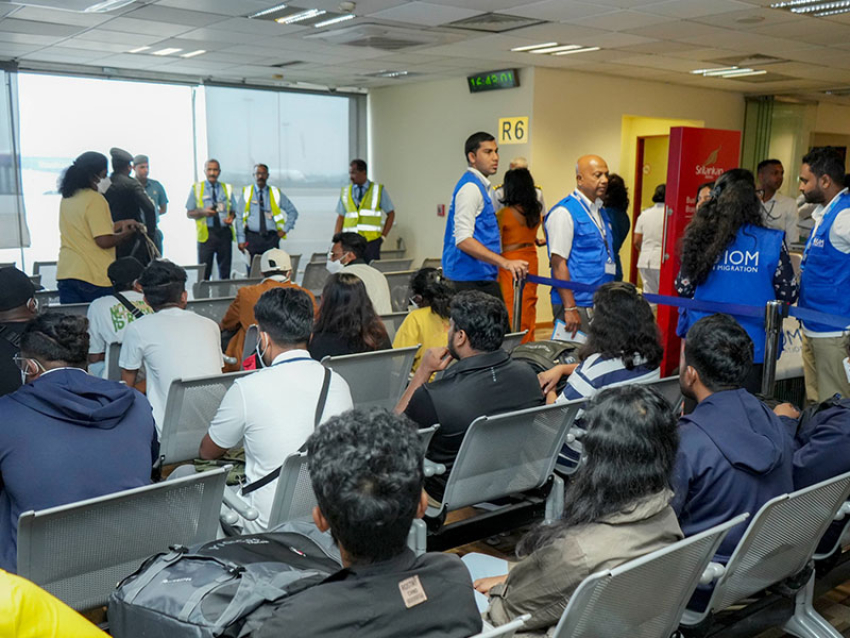The latest edition of the South Asia Economic Focus, ‘Budget Crunch’ said, South Asia is firming up its position as the world’s fastest-growing region, further extending its lead over East Asia and the Pacific with growth topping 6.9 percent in 2018 and set to accelerate to 7.1 percent next year.Budget Crunch, finds however that the region’s growth performance is uneven across countries—with Afghanistan notably bucking the upward trend—and mainly driven by domestic demand.
The report warns that a more turbulent external environment, manifested by trade wars and capital outflows from emerging markets, calls for prudent economic policy and fiscal discipline. Instead, most South Asian countries generate low tax revenue and run large budget deficits, often made worse by economic shocks and election cycles. At 4.4 percent of its gross domestic product (GDP), South Asia’s fiscal deficit is projected to be the second largest in the world this year after the Middle East and North Africa region. The average fiscal deficit over the last three years has been around 5.5 percent in Pakistan and above 6 percent in Maldives, India, and Sri Lanka.
“Budget deficits in South Asia are among the highest in the world, and this could be storing up trouble for the future,” said Hartwig Schafer, World Bank Vice President for the South Asia Region. “South Asia’s fiscal weaknesses reduce its ability to address external shocks or economic slowdowns. It would be wise to use these good economic times for countries to get their budgets in better shape.”
While fiscal challenges vary across the region, the report notes that tax revenue is consistently low across most South Asian countries and at rates below that of other developing countries with a similar income per capita, sometimes by a vast margin. Although some countries have expanded their tax bases and curbed tax exemptions and fraud, revenue remains lower than government expenditures, creating large fiscal deficits that need to be financed through public borrowing.
South Asian countries have also favoured procyclical approaches to spending—with expenditures going up fast as their economies expand—that amplifies boom-and-bust cycles.Together with public debt, hidden liabilities, arising from non-viable borrowing by state-owned enterprises, the failure of infrastructure projects involving the private sector, and non-performing loans in commercial banks, should be closely monitored.
While fiscal outcomes vary across the region, the fiscal situation in each country reveals more profound development challenges, which range from large security expenditures in conflict-affected countries, weak discipline by sub-national governments in federal states, to the high cost of service delivery in island nations.“Substantial government spending is understandable, even beneficial if well-invested, given South Asia’s enormous development needs,” said Martin Rama, World Bank Chief Economist for the South Asia Region. “But South Asian economies need to address their fiscal challenges to give themselves room to maneuver and sustain their journey toward greater prosperity.”




















